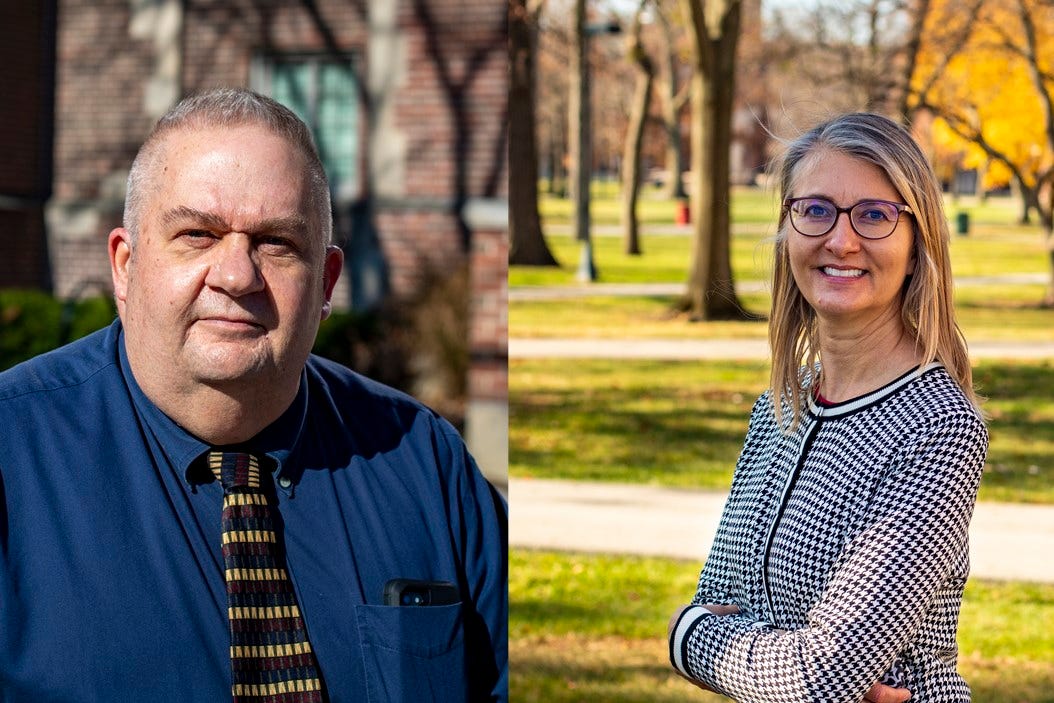Expect Local Service Cuts Without Fed Help
 Charles Taylor and Dagney Faulk
Charles Taylor and Dagney Faulk
Subscriber Benefit
As a subscriber you can listen to articles at work, in the car, or while you work out. Subscribe NowThe public could experience cuts to government services in areas such as parks and recreation, libraries, and cultural programs as local officials across Indiana prepare for revenue declines caused by the COVID-19 pandemic.
This was one of the most significant findings in recent research from Ball State University.
Ball State’s Center for Business and Economic Research and its Bowen Center for Public Affairs teamed up with the Indiana Communities Institute, Accelerate Indiana Municipalities and the Association of Indiana Counties to survey Indiana local government officials to learn how they are responding to the COVID-19 pandemic and expected revenue shortfalls.
We asked these local government officials if they expected major, minor, or no cuts at all to a list of common local government services. Not surprisingly, the results reflect common approaches to forced budget cuts in which public safety services are deemed more essential than others, maintenance can be deferred, and services related to economic development are largely protected.
As budgets are balanced, the services most likely to be cut – and to suffer major cuts – were those that might be considered less essential, such as parks and recreation or library and cultural programs, or maintenance that can be deferred, such as for streets and roads, buildings and facilities, or groundskeeping.
For public safety-related services, such as police, fire, EMS, and emergency communications, planned major cuts were rare to nonexistent. Other services unlikely to be cut included those that might support expansion of the tax base and ultimately generate revenue, such as issuing building, business or other permits.
The most common approach to balancing budgets is to postpone or cancel planned major expenditures, including capital projects.
The next most common approach is canceling or postponing hiring to fill current or future vacancies. Relatively few local officials reported plans to furlough or layoff current employees. If forced to do so, then part-time and temporary employees are at greater risk of cuts than full-time staff members.
So far, there does not appear to be help coming from the federal government.
Although Congress provided state and local governments aid to help them meet the direct costs of coronavirus response, it provided no relief to replace tax revenue lost due to the COVID-19 recession.
Disagreements about such aid has been a major sticking point in negotiations to pass additional COVID-19 relief. Senate Majority Leader Mitch McConnell (R-Kentucky) recently said that he would like to see an additional aid bill passed before year’s end and that providing funds for state and local governments is a “possibility.”
It’s difficult to tell if renewed negotiations for a relief bill will be more successful than earlier attempts. Many of the conditions that have stymied agreement still exist. If Congress – and the president – can’t come to an agreement on a bill, or if the bill doesn’t replace tax revenues lost by local governments, then local services will very likely be cut in many communities.
Charles Taylor is the managing director for the Ball State University Bowen Center for Public Affairs and an associate professor of political science.
Dagney Faulk is director of research at the Ball State University Center for Business and Economic Research.
Learn more about Ball State’s innovative faculty.
This article is sponsored content paid for by Ball State University.
